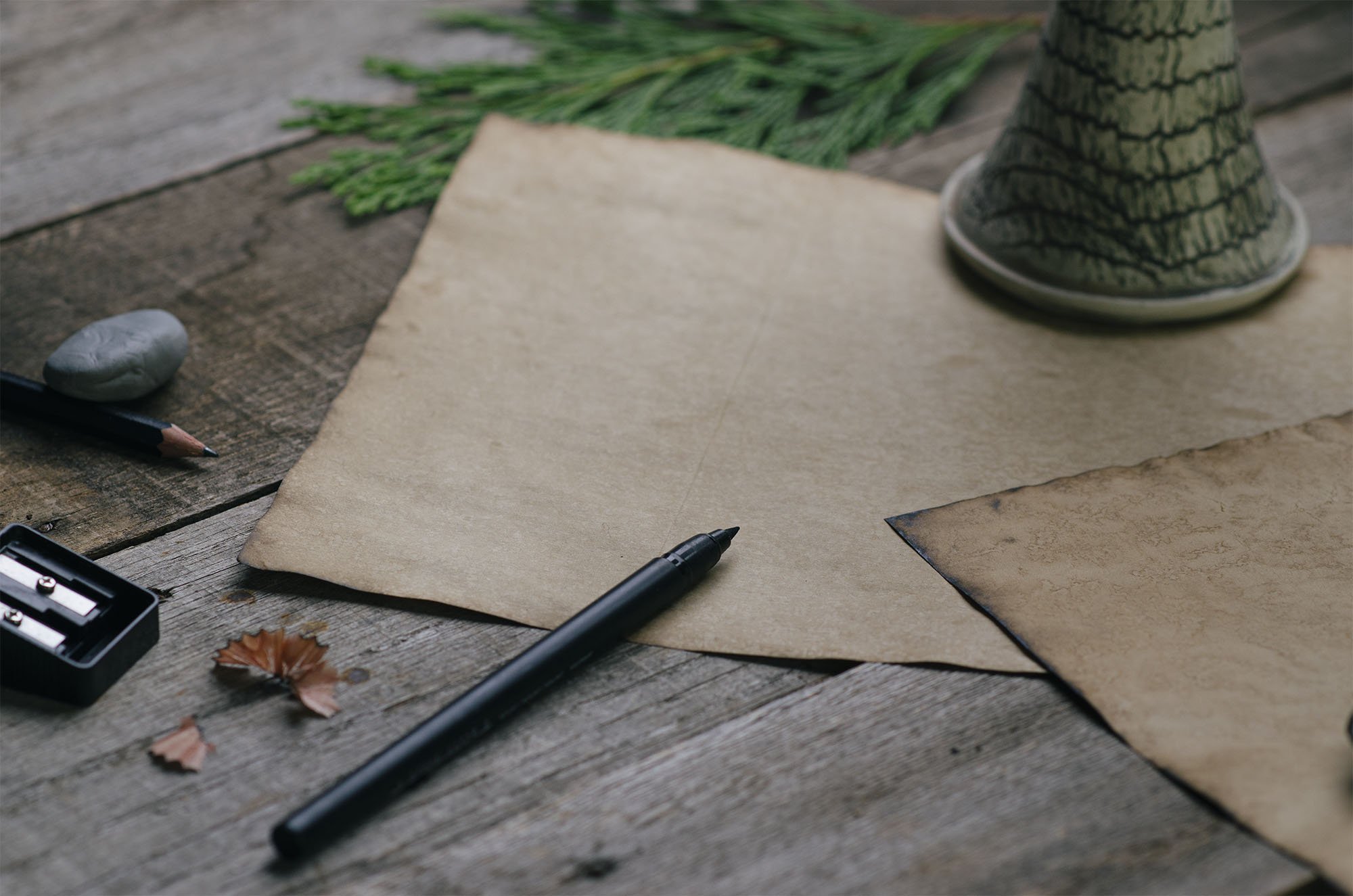
THE LEARNING ARCHIVES
Whether you're creating maps for a novel, rpg, or just for fun, this collection of tutorials and map tips will help you create more professional and believable maps for your story!
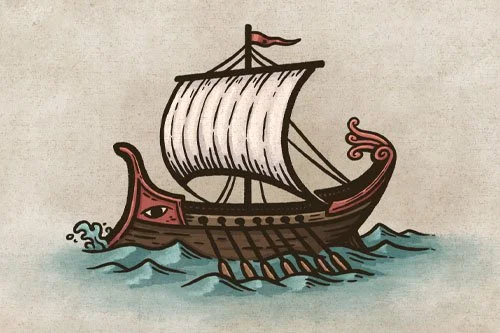
How to Draw a Ancient Greek Ship
The sea stretches before you, the same wine-dark expanse crossed by Odysseus as he wrestled with gods, monsters, and the whims of fate. Greek ships like his carried stories across the Mediterranean for centuries, their painted eyes watching the horizon for both danger and destiny.

How to Draw ‘Tolkien’ Mountains
Many of us first fell in love with maps and fantasy while gazing at J.R.R. Tolkien’s map of Middle-earth. Something stirred our imagination as we stared at the Misty Mountains and searched for the entrance to Moria. Inevitably, this led us to want to pick up a pen and draw a map of our own. But where to begin?

How to Draw River Deltas
The air is heavy with the scent of salt as you trace the winding river to its end. Here, the waters split into countless streams spreading like the roots of a tree into the sea. The soils are rich, teeming with life. A place where civilizations might rise, or secrets might sink beneath the silt.
In this tutorial, I’ll guide you through drawing river deltas that look as though they belong on ancient charts and treasure maps. Features that not only shape the land, but hint at the stories and mysteries flowing through it.

How to Draw Wood Crates
The room is filled with the scent of dust and old wood as you pry open the creaking cellar door. Stacked in the corner are a few battered wood crates, their rough boards concealing who knows what treasures or traps inside.
Every good dungeon, inn or market needs a place to stash supplies or secrets. In this tutorial, I’ll show you how to draw some wood crates that can add a layer of believability or mystery to your fantasy map.

How to Draw a Fireplace
As you enter the tavern, you see a crackling fireplace casting a warm, golden glow across the room, its flickering light dancing on the worn wooden beams and inviting you to rest your weary bones after a long journey.
A fireplace like this isn’t just a detail, it’s a place to gather for your next adventure. But, how do you draw one on your map?

How to Draw Swamps
Swamps are a haunting feature of any fantasy map, their still waters and tangled growth hiding stories of mystery. In this tutorial, you’ll learn how to bring these wetlands to life, starting with basic shapes and building up details with simple steps anyone can follow. By the end, you’ll have the skills to create a swamp on your map that your readers or players can explore.
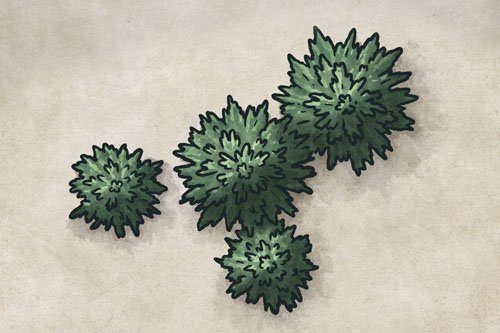
How to Draw Pine Trees - Top-Down Perspective
Forests breathe life into your city maps, transforming generic landscapes outside the walls into locations that could a secret tomb or shelter a group of bandits. You never know what secrets might be lurking beneath the boughs! Pine trees can tell you something about the environment of the location. Perhaps it's an area with low-quality soil where only the hardiest trees can grow, or maybe it's an alpine location in the mountains. Either way, using different species of trees is a great way to subtly convey something about a location, which makes for a more immersive story for your players or readers.

How to Draw an Open Storage Sack
One of the things that adds flavor to a dungeon or battle map is the details you add to the room. If you want to create immersive settings for your RPG campaign that your players want to explore, they shouldn’t be walking into mostly empty rooms with random monsters. Is this just a sack of apples, or could there be something hidden inside?
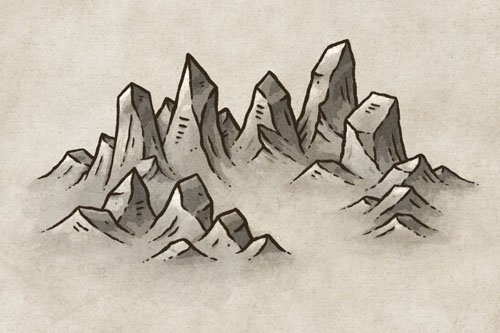
How to Draw Kragspire Mountains
These sinister rock formations will loom ominously over your map, their impassable cliffs and sharp, jagged peaks casting long shadows across your world. Mountains are not just obstacles; they are characters in your tale, whispering of dangers unknown.
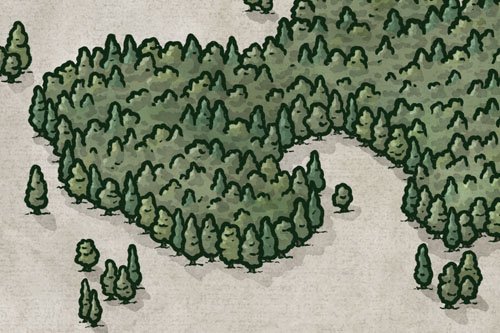
How to Draw Old-Growth Forests
Do you want to learn how to draw a dense, old growth forest on your fantasy map? From Fangorn in Middle Earth, or The Old Forest in Harry Potter, some of the most iconic locations are hidden beneath the trees.
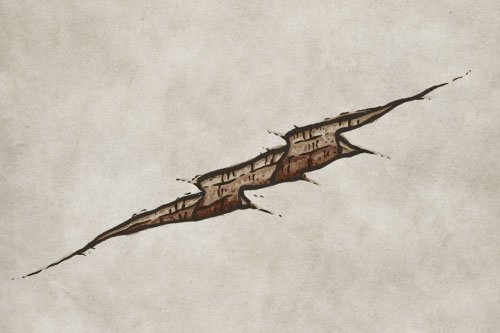
How to Draw a Chasm
There are so many storytelling possibilities for your RPG adventure by including something like a mysterious chasm. Is it a natural feature? Was it created by someone in the ancient past with the power to make fissures in the rock itself? Is it the entrance to a portal or an underground city? The question is…how do you draw a chasm?
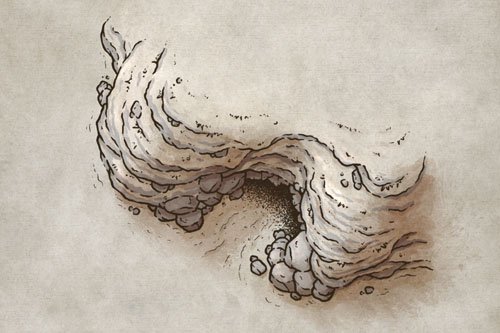
How to Draw a Cave Entrance
If you want to create interesting maps for your RPG adventure, including points of interest to encourage exploration is key. Discovering a cave entrance in the face of a cliff lends to a number of storytelling possibilities and encounters. But, how exactly do you draw something like that, especially if you’re using a top-down perspective? It’s certainly a challenge, but I want to walk you through the process and share some tricks so you can draw a cave like this on your next map. Let’s start mapping!
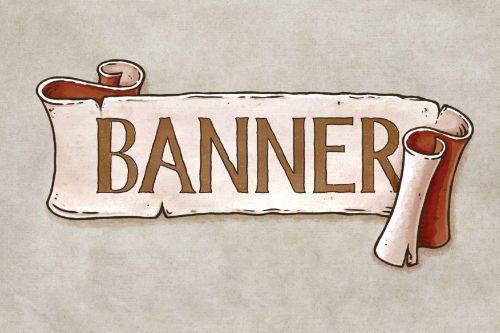
How to Draw a Banner
Learning how to draw banners is an essential part of creating an immersive fantasy map. You can use them to share the name of the region you’re mapping, or for individual cities, locations, or territories.
However, learning to draw banners can feel overwhelming if you’re not confident in your artistic skills. In this tutorial I want to walk you through how to draw a relatively simple banner anyone can draw, that still looks interesting and professional.
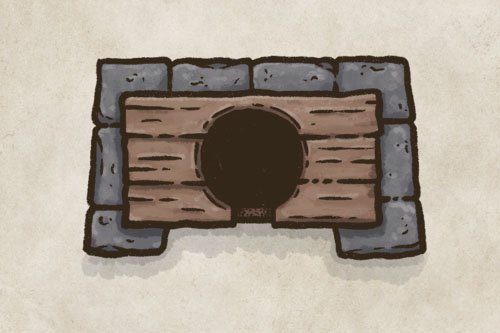
How to Draw a Dungeon Toilet
What do you do when you’re raiding an orc-infested dungeon and nature calls? Well, if the wizard who designed the dungeon wants to create a sanitary work environment, then hopefully he installed some toilets. If you want to be prepared, then in this tutorial I’ll walk you through every step to making a throne worthy of any goblin king.
How to Draw A Lighthouse Icon
Is there a dangerous stretch of coastline on your fantasy map, where ships must sail carefully lest they get caught upon the hidden stones below? Then adding a lighthouse may be the thing you need to warn weary travelers to keep their distance. In this tutorial, I’ll walk you through the steps so you can easily draw a lighthouse icon just like this on your map.

What Scale Should You Draw Trees & Forests?
Have you ever been tripped up by what size to draw the trees on your fantasy maps? Most of us have a desire for our maps to feel realistic, but sometimes this can be more of a hindrance than a help. In this Map Tip, I want to give you a little insight into what scale most map makers draw their trees, what is realistic, and then how much artistic license you have when drawing your maps.
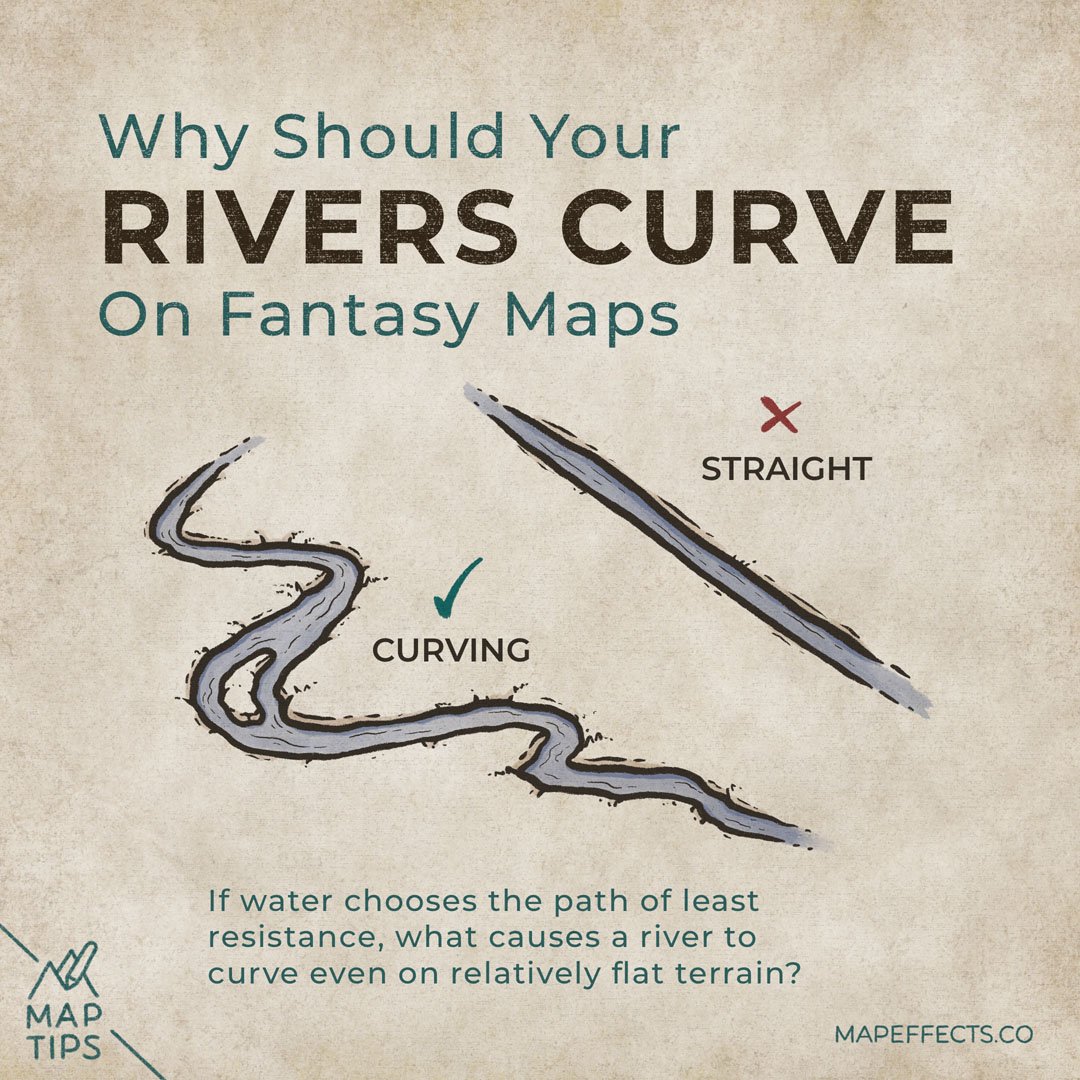
Meandering Rivers - Why Rivers Curve in Flat Terrain?
Have you ever wondered whyy rivers meander all over the place on flat terrain? It makes sense for the terrain in the mountains to be diverting the river, but why does it do the same thing on a flat landscape?
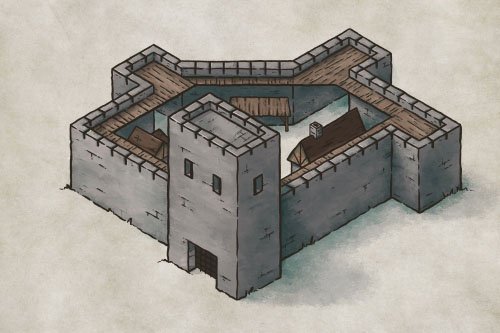
How to Draw An Isometric Fortress
If you want an easy way to draw three-dimensional buildings and structures on your fantasy map, then using an isometric perspective is the method for you! The reason this technique is so achievable is that it really comes down to following a grid. As long as you do that, then you can draw all kinds of things like buildings, towers, or something as complex as a city.
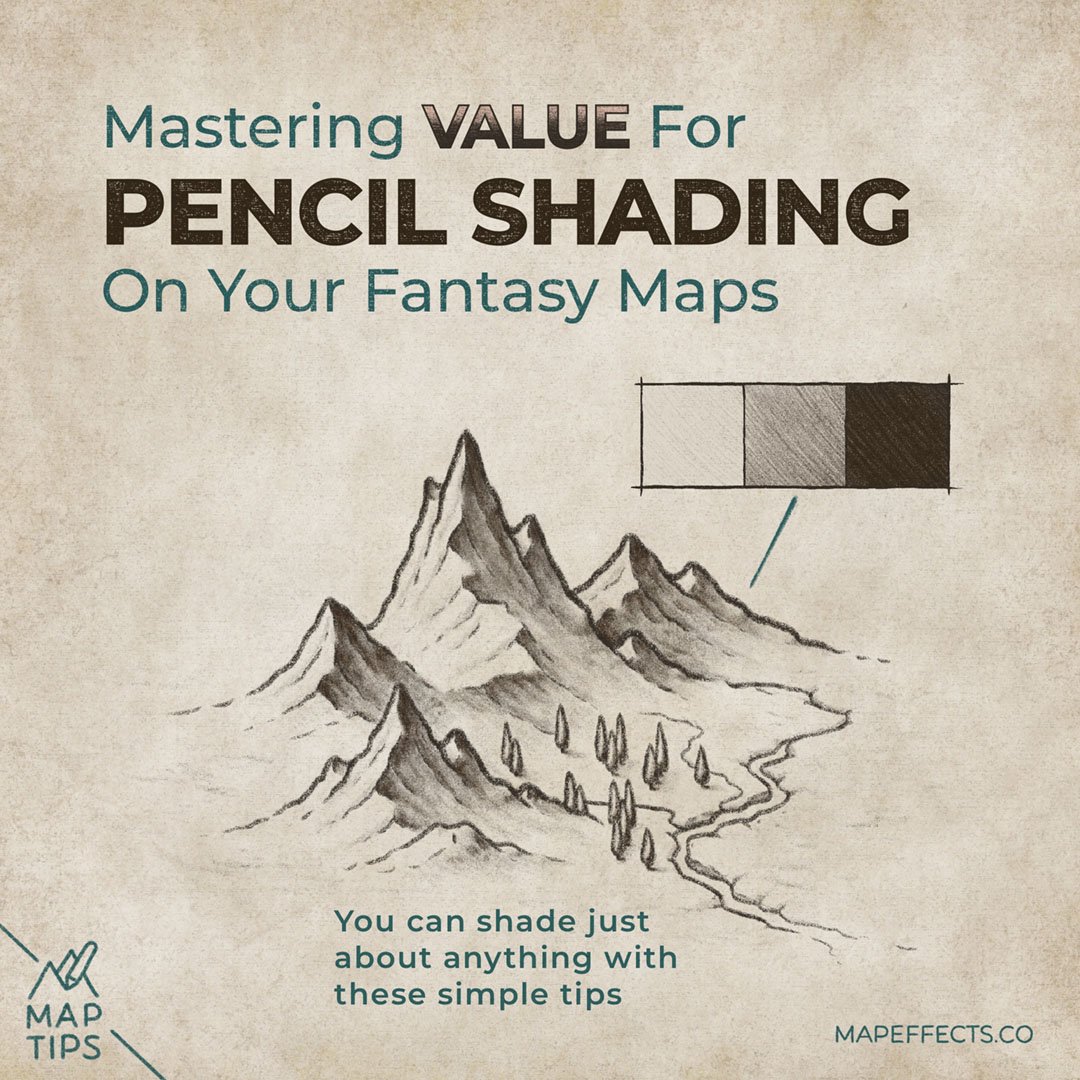
Mastering Value for Pencil Shading
When it comes to art I feel like shading is one of those magical things. There’s just something about transforming a drawing on a flat piece of paper, to something that feels like it’s popping off the page. Just about every aspiring artist and cartographer I know wants to learn how to shade, but it also feels like one of the most intimidating things to learn. While there is certainly room for complexity, I think you can easily achieve more than satisfactory results with just some basic principles. Those simple principles are what I hope to equip you with today, so you can master value and can adding shading to your fantasy maps with ease.
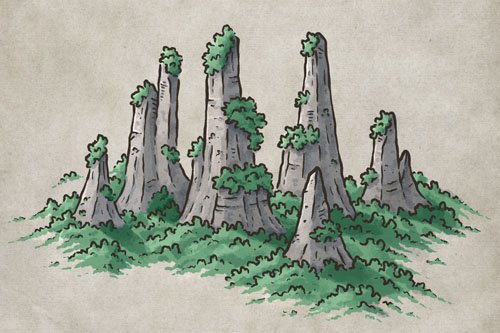
How to Draw Stone Pillars
If you enjoy finding inspiration for your stories from real-world locations, then look no further than the stone pillars of Wulingyuan, China. These impressive monoliths are one of the most iconic locations in the world; with their unusual shape, covered with trees that somehow manage to grow hundreds of feet in the air like a natural hanging garden. In fact, the movie Avatar pulled inspiration from this location when creating the world of Pandora! But the real question is, how do you draw something like that on your fantasy map? In this tutorial, I’ll break down the process so you can add these iconic features to the world you’re crafting.
